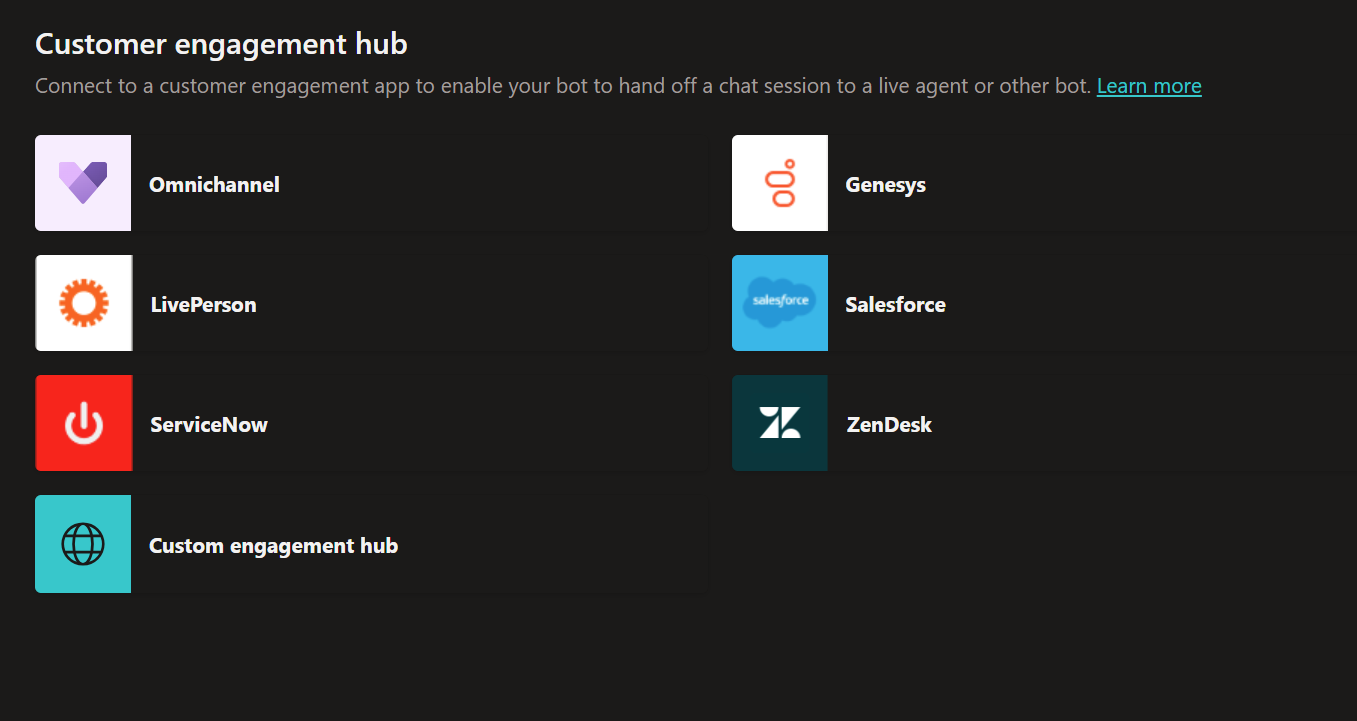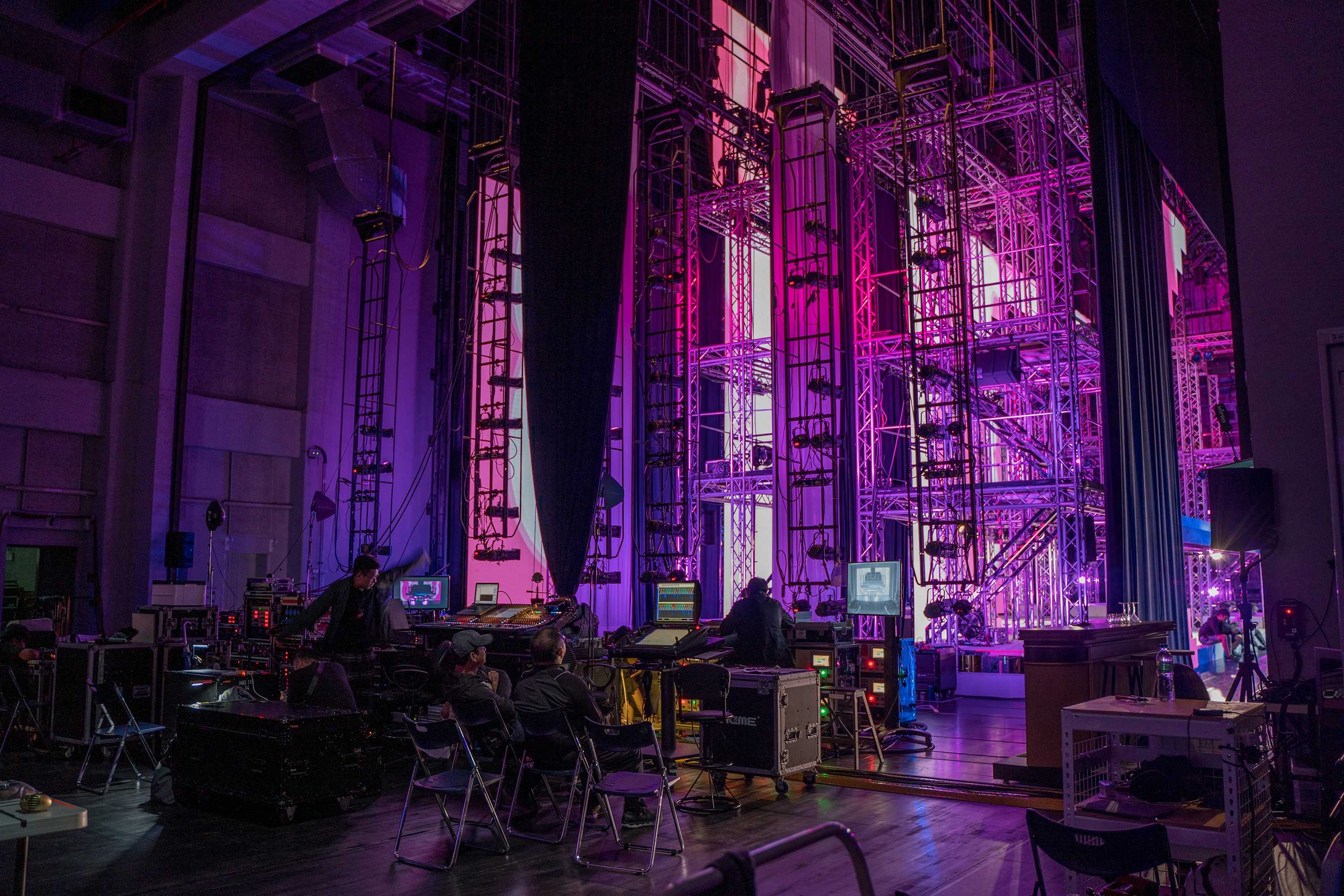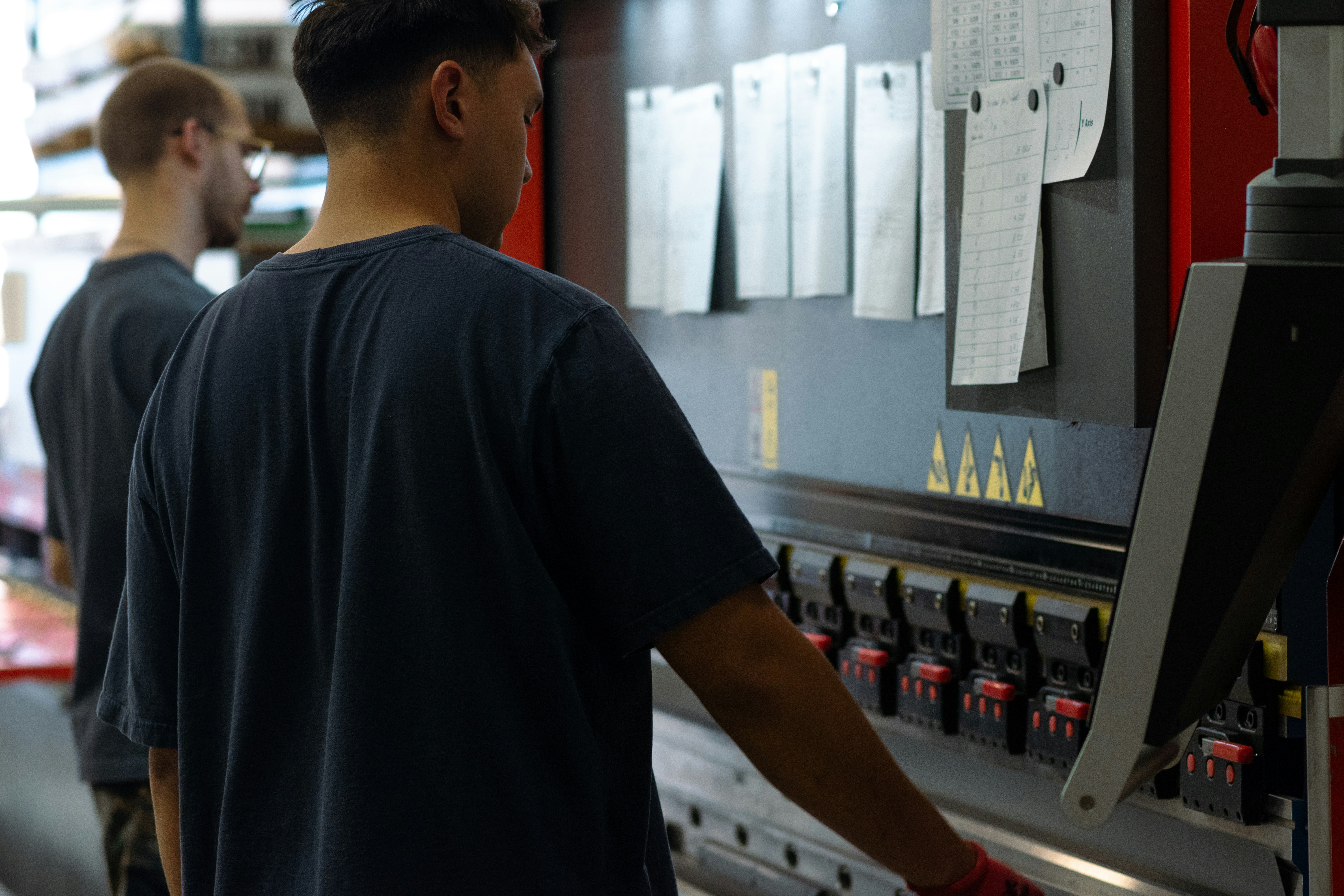Table of Contents
Chatbots are increasingly popular and effective for automating customer service and offering immediate responses to common inquiries. However, chatbots aren’t flawless and may struggle with complex or sensitive issues requiring human intervention. This is where human handover comes into play.
Human handover transfers a chatbot-user conversation to a human agent when the chatbot reaches its limits or the user requests to speak to a human. This handover is crucial for ensuring a seamless and satisfying customer experience and enhancing the efficiency and effectiveness of customer service for both customers and businesses.
Benefits of Human Handover for Customers
Human handover can benefit customers in several ways, such as:
Resolving issues faster and more accurately: Occasionally, chatbots may struggle to comprehend a user’s query, deliver the correct information, or execute the desired action. In these instances, human handover can assist users in obtaining the solution they need without wasting time or becoming frustrated. Human agents can also offer more personalized and empathetic responses, particularly for emotional or sensitive matters.
Increasing trust and satisfaction: Customers might not always trust chatbots to address their concerns, especially when dealing with personal or financial information. Human handover can reassure customers that their issues are being taken seriously and that they communicate with a natural person who can assist them. Human handover can also enhance customer satisfaction by demonstrating that the company values their needs and preferences.
Enhancing the chatbot experience: Human handover can also improve the chatbot experience for customers by offering feedback and learning opportunities. Customers can evaluate the chatbot’s performance, suggest improvements, or report errors. Human agents can also train the chatbot with new skills or correct its mistakes, making it more innovative and reliable.
Benefits of Human Handover for Companies
Human handover can also benefit companies in several ways, such as:
Reducing costs and increasing productivity: Chatbots can manage a high volume of customer inquiries, lessening the workload and costs for human agents. Human handover further optimizes the use of human resources by enabling agents to concentrate on the most critical or challenging cases while chatbots take care of the rest. Human handover can also decrease waiting times and queue lengths for customers, enhancing the productivity and efficiency of customer service.
Improving customer loyalty and retention: Human handover can help companies forge stronger customer relationships by offering the best possible Service. Human handover can boost customer loyalty and retention by meeting expectations, solving problems, and making customers feel valued and respected. Additionally, it can generate positive word-of-mouth and referrals, attracting new customers and expanding the customer base.
Enhancing chatbot quality and performance: Human handover can also help companies improve the quality and performance of their chatbots by providing data and insights. Human handover can generate valuable feedback and analytics on the chatbot’s strengths and weaknesses, user behavior and preferences, and customer satisfaction and loyalty. Human agents can also train and update the chatbot with new information, skills, or features, making it more accurate and versatile.
How to Implement Human Handover in Chatbots
There are different ways to implement human handover in chatbots, depending on the chatbot platform, the customer service channel, and the business goals.
Some of the standard methods are:
Manual handover: This occurs when the user specifically requests to speak with a human agent, either by typing a command, clicking a button, or uttering a phrase. The chatbot then transfers the conversation to the human agent, along with the chat history and context. This method gives the user greater control and choice but may also increase the demand and pressure on human agents.
Automatic handover: This occurs when the chatbot automatically determines that it cannot handle the user’s query, either by using predefined rules, keywords, or triggers or by employing artificial intelligence (AI) to analyze the user’s intent, sentiment, or satisfaction. The chatbot then transfers the conversation to a human agent, along with the chat history and context. This method grants the chatbot greater autonomy and flexibility but may also necessitate more fine-tuning and monitoring to ensure accuracy and reliability.
Hybrid handover: This occurs when the chatbot and human agent collaborate to address the user’s query, either by switching roles, working together, or supervising. The chatbot might initiate the conversation and pass it to the human agent, or the opposite could happen. The chatbot may also support the human agent by offering suggestions, information, or actions while the human agent oversees the chatbot’s performance and steps in when necessary. This approach provides greater synergy and balance between the chatbot and human agent, but it may also demand more coordination and integration to ensure consistency and quality.
Examples of Chatbots with Human Handover
There are many examples of chatbots that use human handover to provide better customer service, such as:
Microsoft Copilot Studio / Microsoft Power Virtual Agents:
This chatbot platform assists users in creating and deploying chatbots for various use cases, such as customer service, sales, or marketing. Users can employ natural language to define the chatbot’s goals, intents, and entities, and the platform generates the chatbot’s code and logic. The platform’s human handover feature also allows users to connect the chatbot with a live chat system, such as SalesForce or LivePerson. Users can configure the chatbot to transfer the conversation to a human agent based on the user’s request, the chatbot’s confidence, or the chatbot’s actions. The human agent can then continue the chat, access the chat history, and close the chat.
Handover targets for Microsoft CoPilot Studio
Microsoft introduced numerous new handover targets and rebranded Power Virtual Agents to CoPilot Studio. All major players are now covered.

Microsoft Dynamics Customer Service
I wrote a separate article on this topic, which includes a step-by-step guide. You can find it in the blog.
Genesys
Refer to Microsoft’s documentation for guidance on implementing this connection with Genesys.
LivePerson
Refer to Microsoft’s documentation for guidance on implementing this connection with LivePerson.
Service Now
Refer to Microsoft’s documentation for guidance on implementing this connection with Service Now via a ServiceNow Bot (Vancouver or later is required).
Salesforce
Refer to Microsoft’s documentation for guidance on implementing this connection with Salesforce via an Einstein Bot.
Conclusion
The integration of human handover in chatbots significantly enhances customer service. It bridges the gap between automated responses and human interaction, providing a balance that caters to customer needs and preferences. Not only does it improve issue resolution and customer satisfaction, but it also boosts the overall efficiency of customer service. Furthermore, it provides valuable insights for chatbot improvement and fosters stronger customer relationships. By implementing human handover, businesses can ensure a seamless, efficient, and personalized customer service experience, ultimately leading to increased customer loyalty and business growth.





Start the conversation